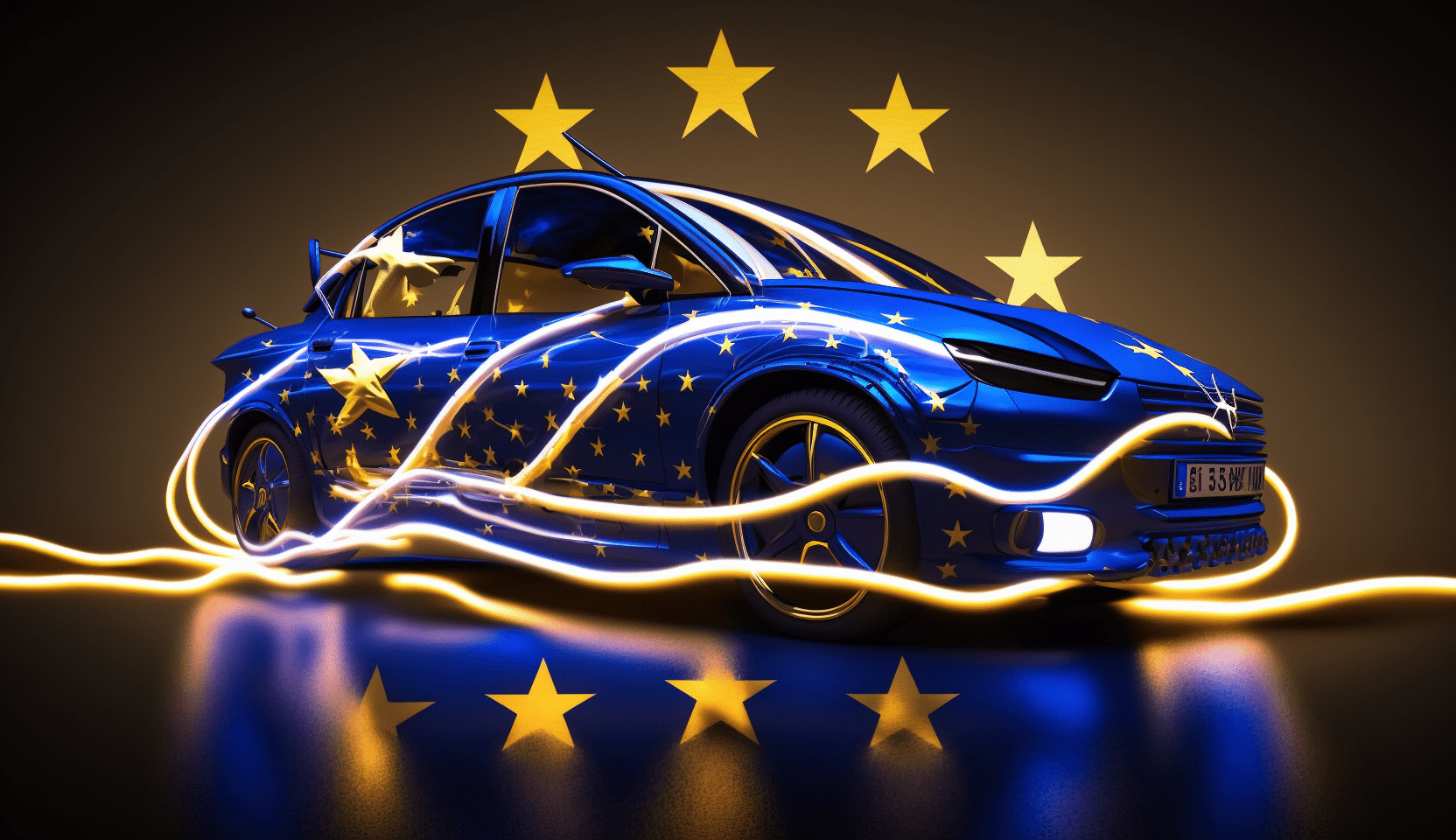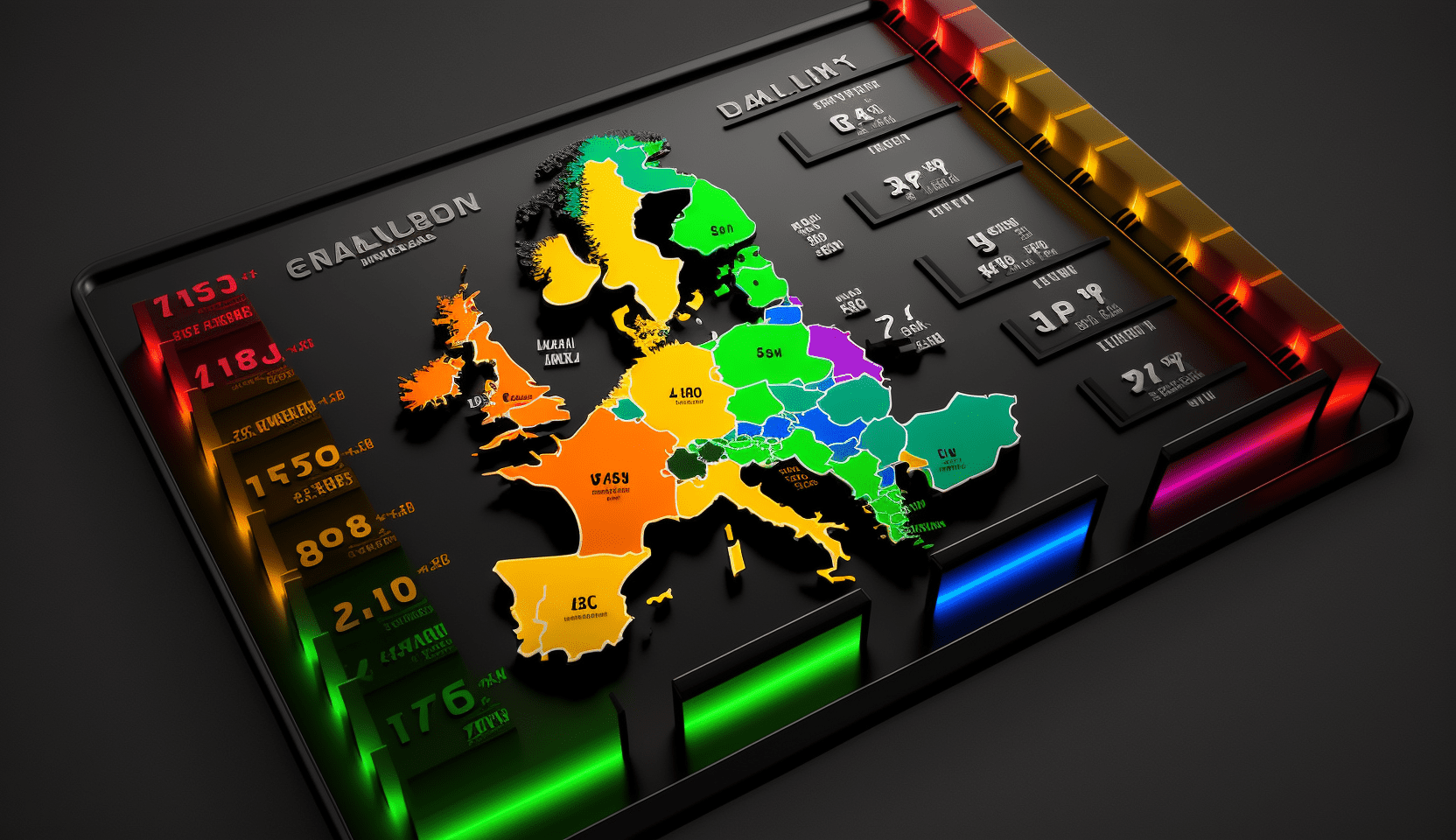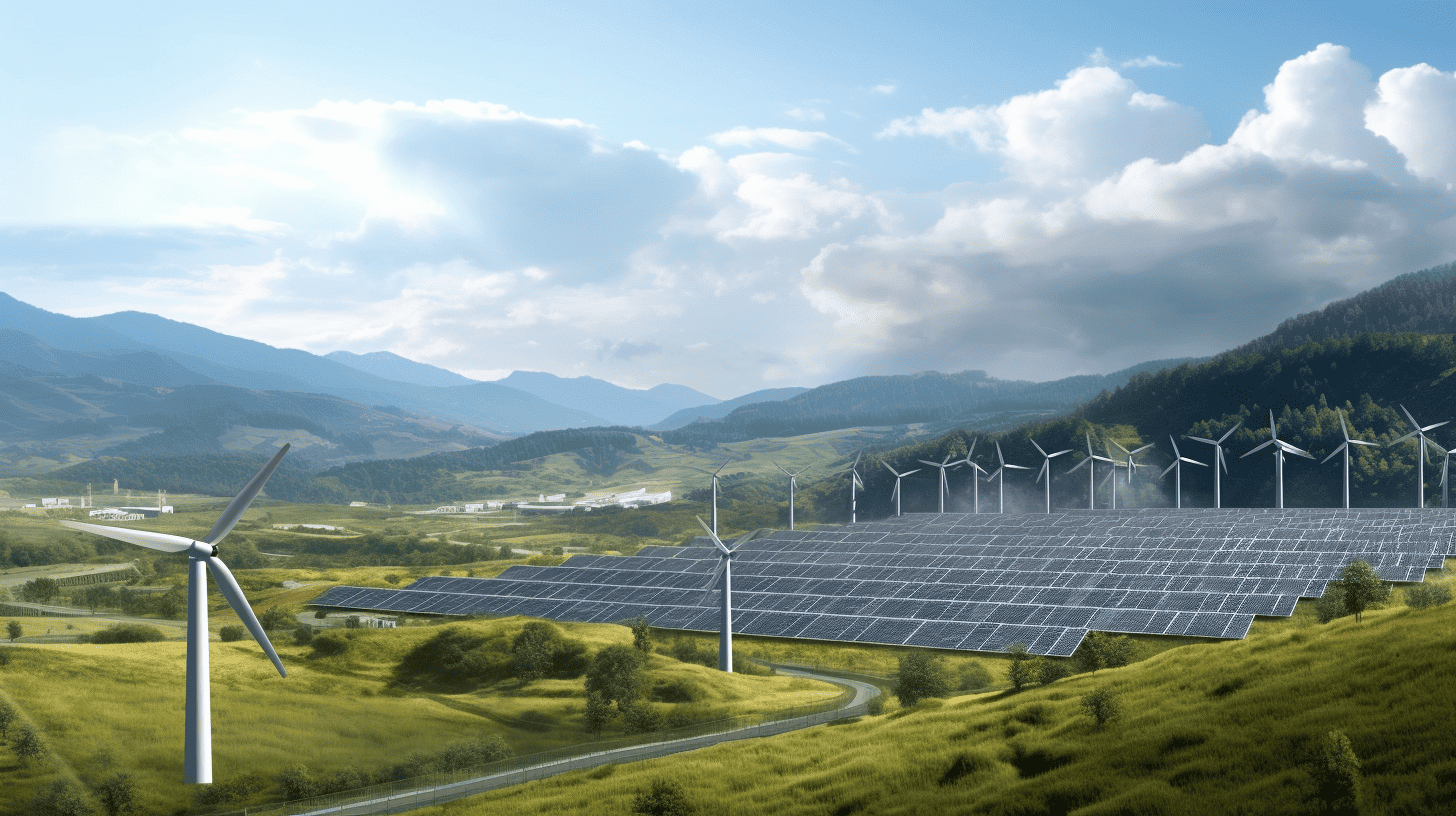
In a column on this website, Maarten van Andel claims that 100% electric vehicle usage by 2050 is unattainable. Van Andel argues that the EU will face electricity shortages and scarce resources.
In his column, Van Andel states that we will need 700 billion kWh to supply electric cars in 2050. The source of this information is not given. Comparing this figure to the EU’s current production capacity of 2,781 TWh (2,781 billion kWh), it becomes evident that we would only need to increase our capacity by approximately 20% in 27 years. Considering the continuous advancements in renewable energy technology, this goal does not seem unattainable.
Netherlands’ electric vehicle potential
Let’s take a closer look at the Netherlands as an example. The country currently sees 100 billion kilometers driven per year. Assuming all cars were Tesla Model 3s, with a consumption of 15 kWh per 100 kilometers, the total energy usage would be 15 billion kWh annually. One thousand windmills, such as those found in Windpark Deil, could supply this energy.
At present, there are 4,000 petrol stations in the Netherlands. If we were to replace one in four of these stations with windmills, it would be possible to power all cars using wind energy. Furthermore, electric cars do not draw energy from the grid while in use. Since they are only used for an average of one hour per day, there are ample opportunities to charge them when green energy conditions are optimal.
| Driving in the Netherlands | 100,000,000,000 | km/year | CBS |
| Energy consumption | 0.15 | kWh/kilometer | Tesla Model 3 |
| Windmill energy output | 15,000,000 | kWh/windmill/year | Windpark Deil |
| Total energy needed | 15,000,000,000 | kWh/year | |
| Windmills needed | 1,000 | ||
| Petrol stations in the Netherlands | 4,000 |
Conclusion: Attainability of 100% electric vehicle usage
In conclusion, the claims made by Maarten van Andel in his article lack solid evidence and concrete sources. Our analysis demonstrates that increasing the EU’s electricity production capacity by 20% over the next 27 years is achievable. Furthermore, the example of the Netherlands illustrates that powering all cars with green energy is feasible, given the appropriate infrastructure changes.
It is essential to continue promoting electric vehicle usage and investing in renewable energy sources to combat climate change and reduce our reliance on fossil fuels. Rather than focusing on potential limitations and drawbacks, we should work towards innovative solutions and sustainable practices to ensure a greener future for all.








